Conceptual Art
 AI-Generated ImageAI-Generated Image
AI-Generated ImageAI-Generated Image Conceptual Art is a style where the idea or concept behind the work is more important than the final visual product. Emerging in the 1960s, it challenged traditional definitions of art by shifting focus from aesthetic value to intellectual engagement.
In Conceptual Art, the execution can be minimal—or even nonexistent—because the art exists primarily in the form of text, documentation, instructions, or performance. Materials vary widely, and the work often invites viewers to question cultural norms, artistic authority, and the role of the artist.
Key traits include language-based elements, irony, minimal visual form, and philosophical inquiry. In AI-generated or digital contexts, Conceptual Art becomes a space for exploring algorithms, systems, prompts, and metadata as the artwork itself—blurring the line between idea, machine, and viewer.
 AI-Generated Image
AI-Generated Image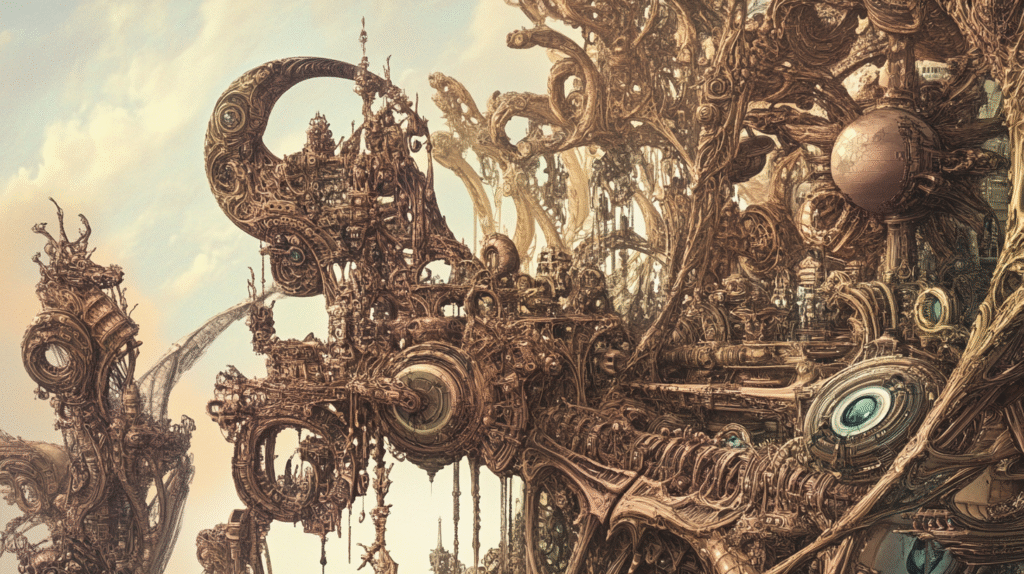 AI-Generated Image
AI-Generated Image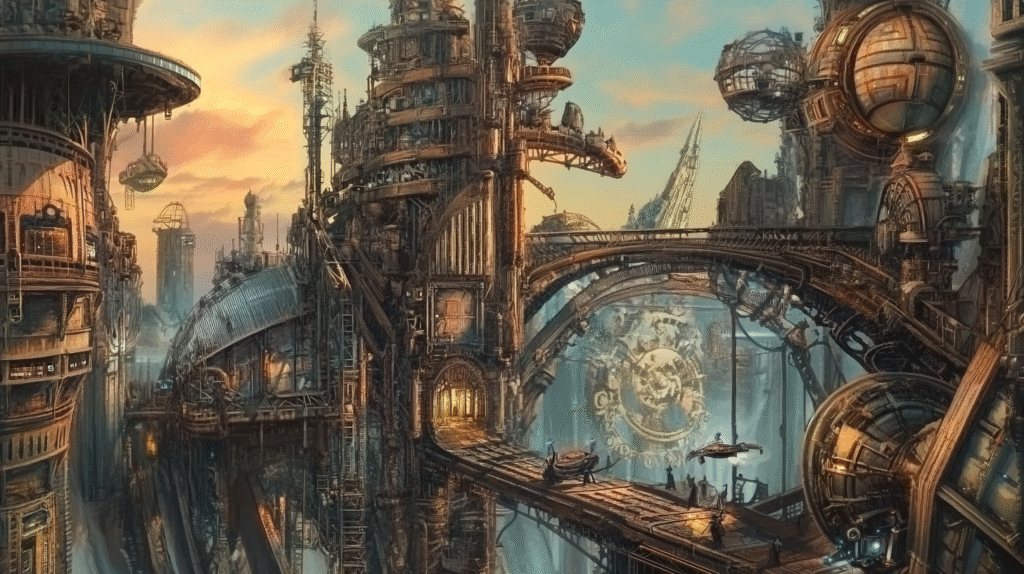 AI-Generated Image
AI-Generated Image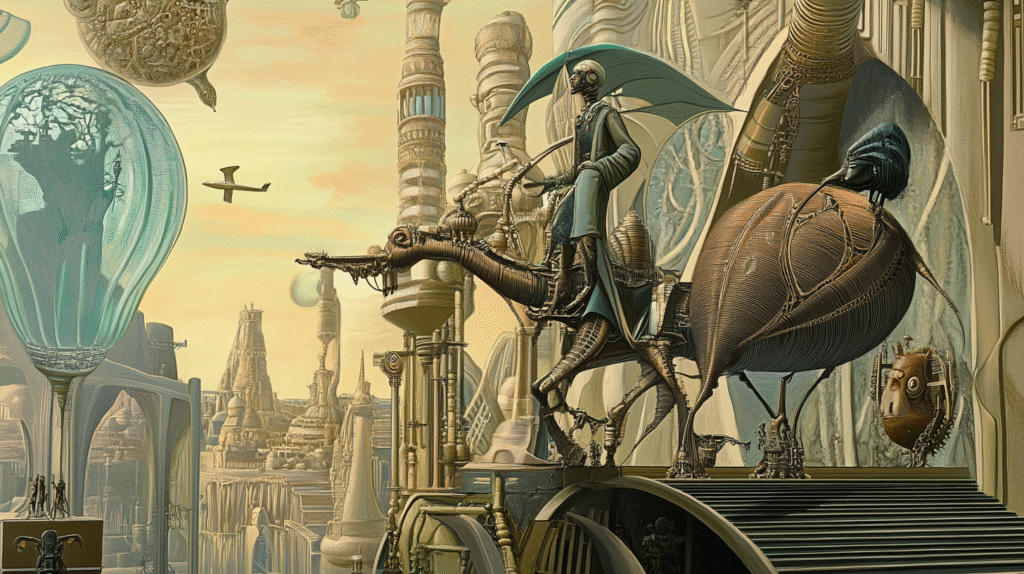 AI-Generated Image
AI-Generated ImageFrequently Asked Questions
What is the main focus of Conceptual Art?
The main focus of Conceptual Art is the idea or concept behind the work rather than the final visual product.
When did Conceptual Art emerge?
Conceptual Art emerged in the 1960s.
What are some key traits of Conceptual Art?
Key traits of Conceptual Art include language-based elements, irony, minimal visual form, and philosophical inquiry.

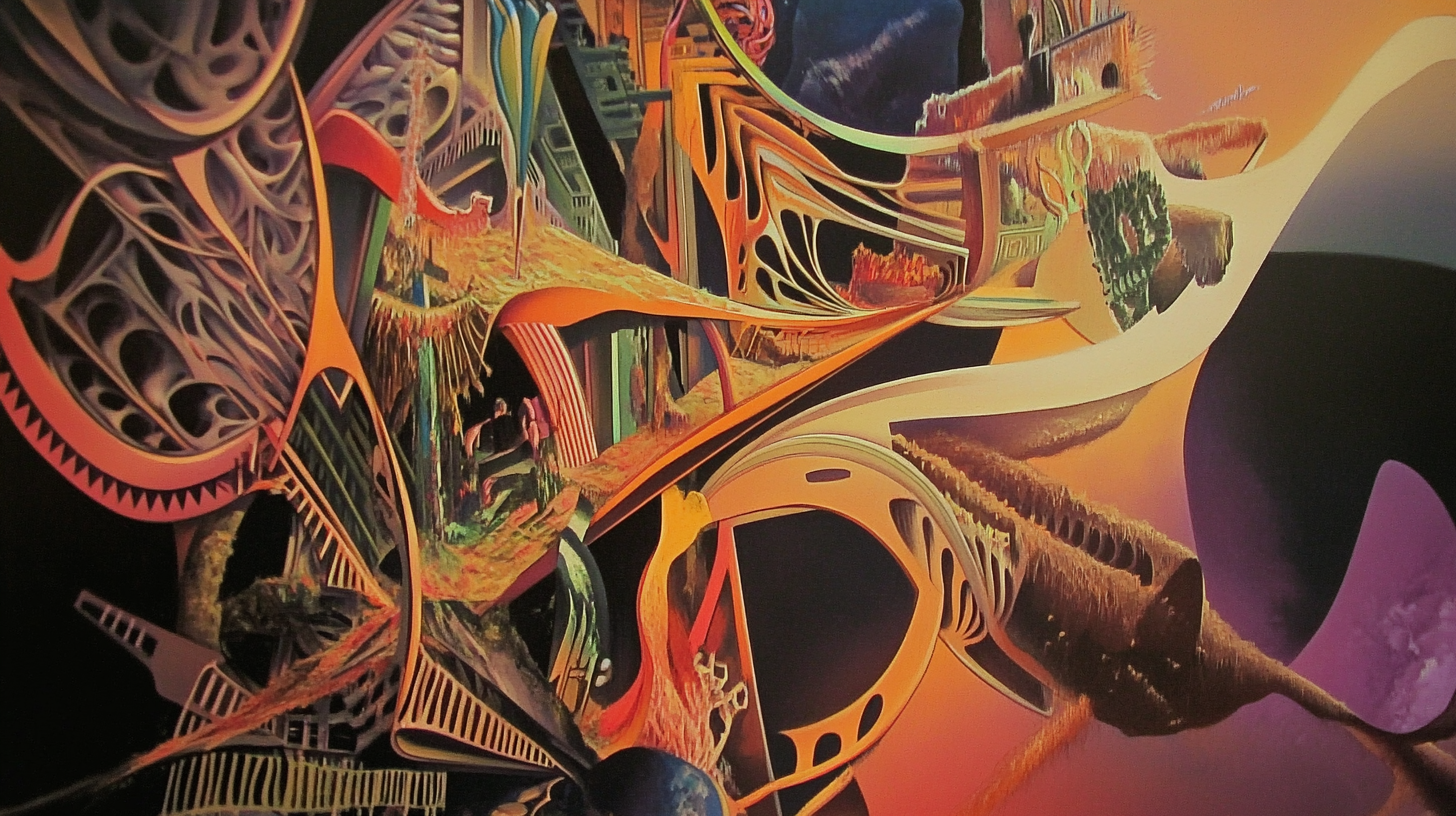
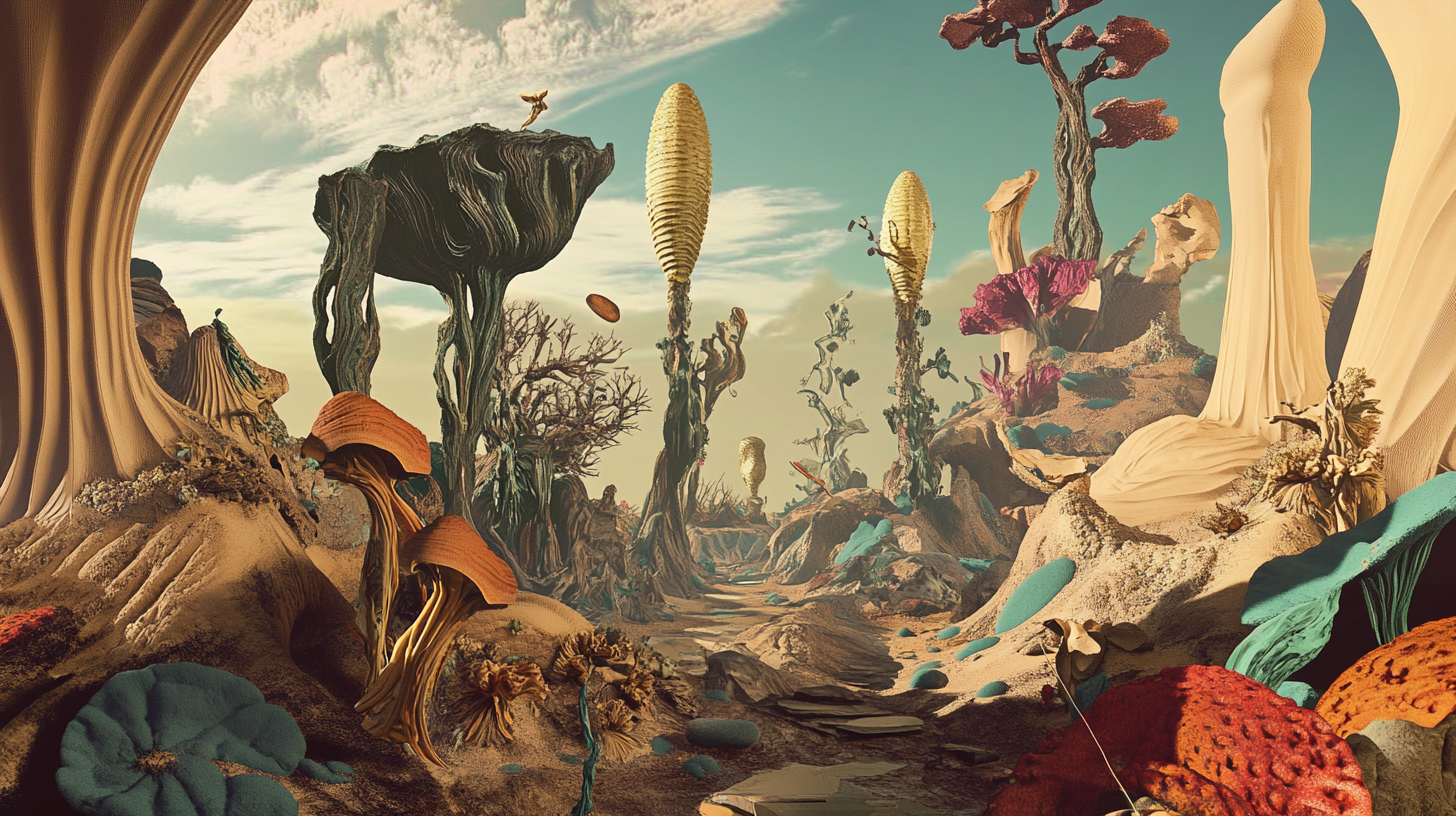
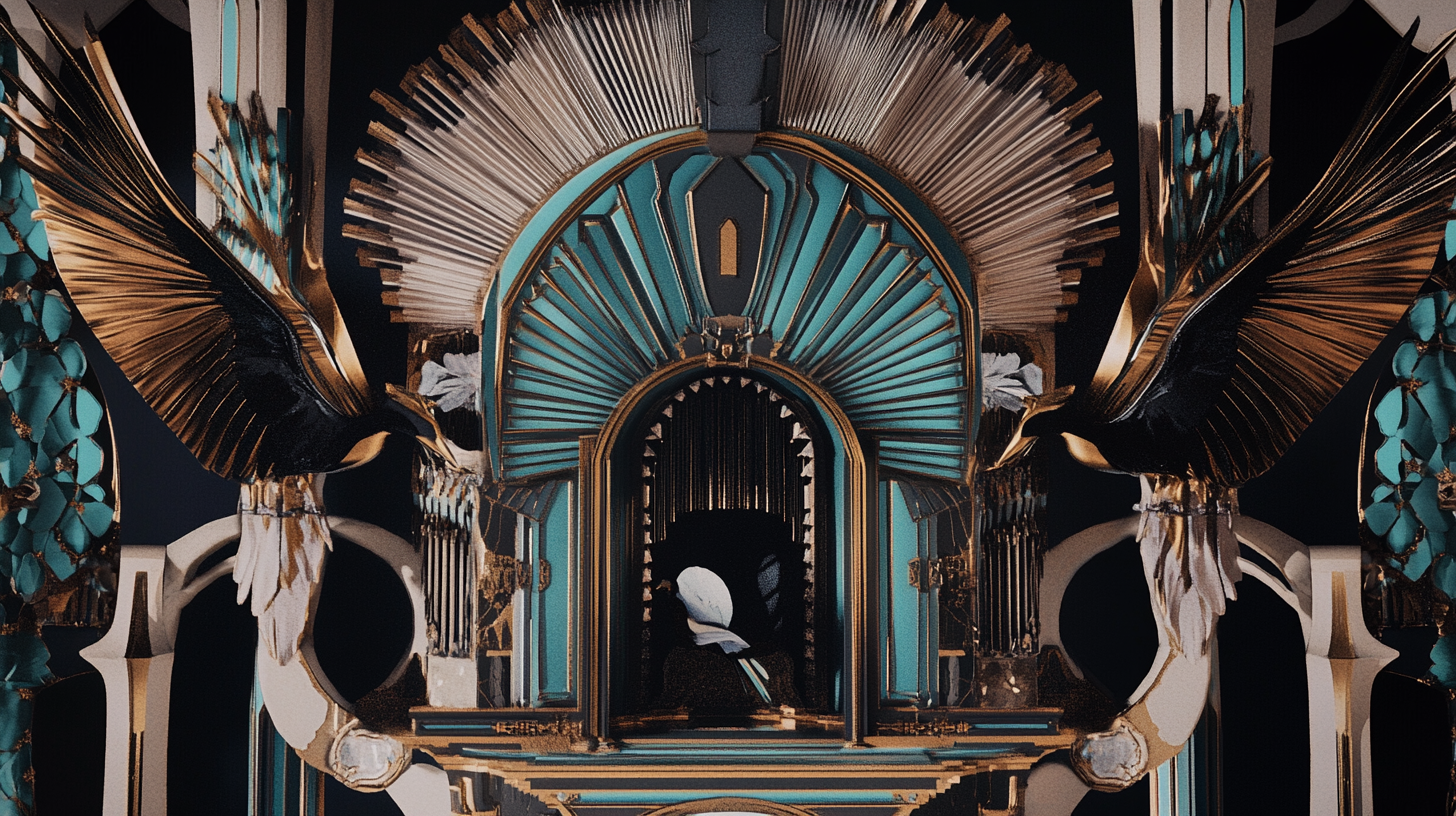
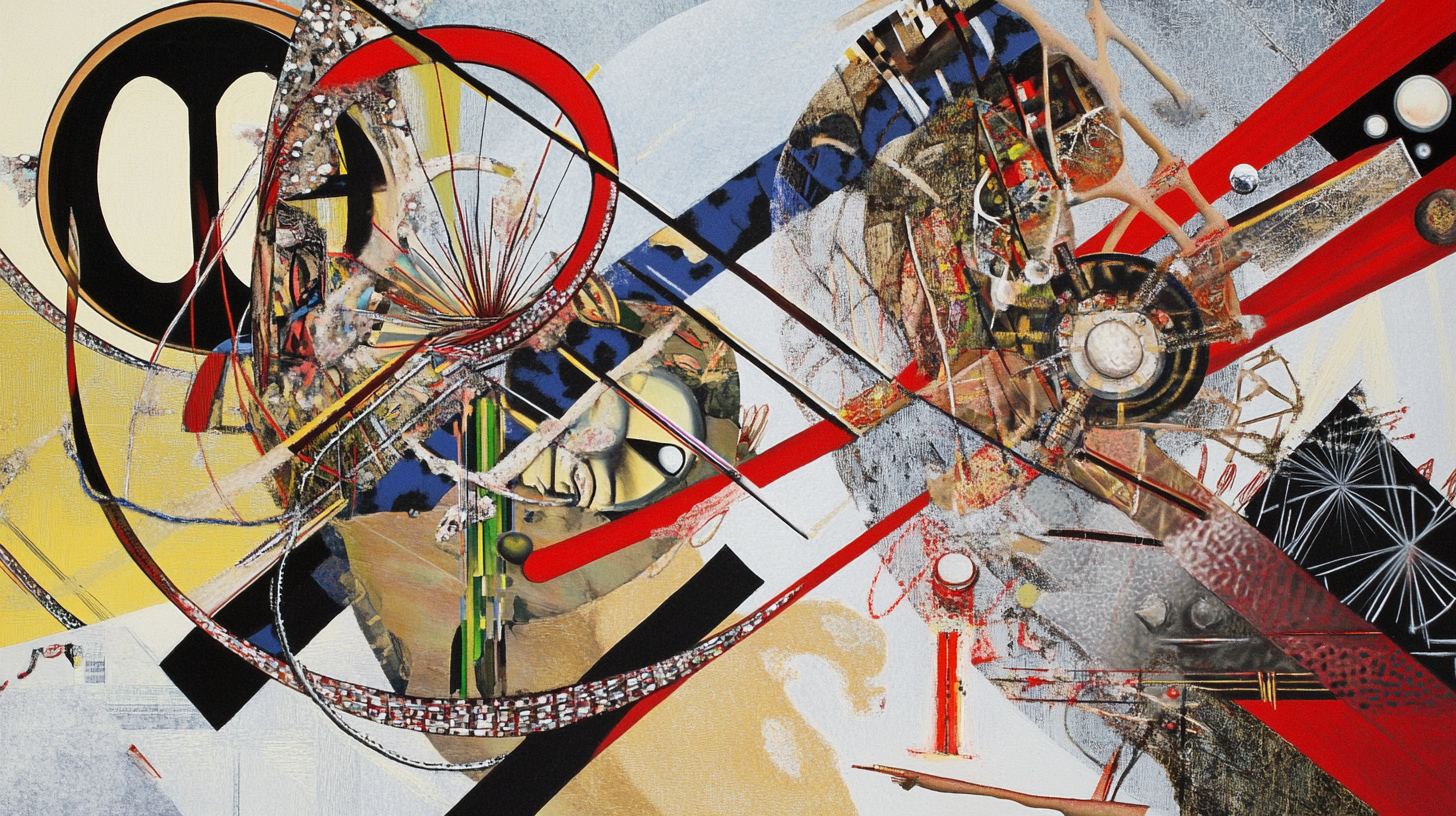


All comments and suggestions are welcome.